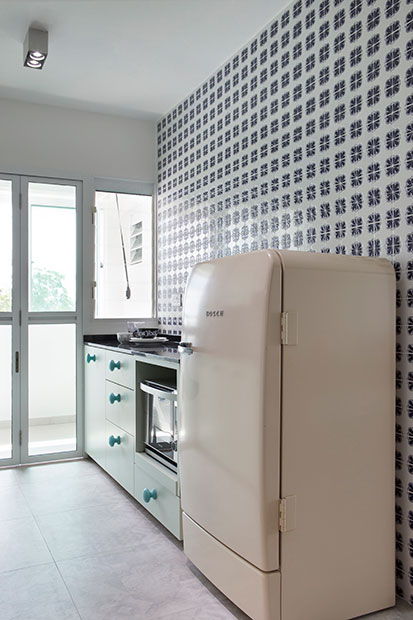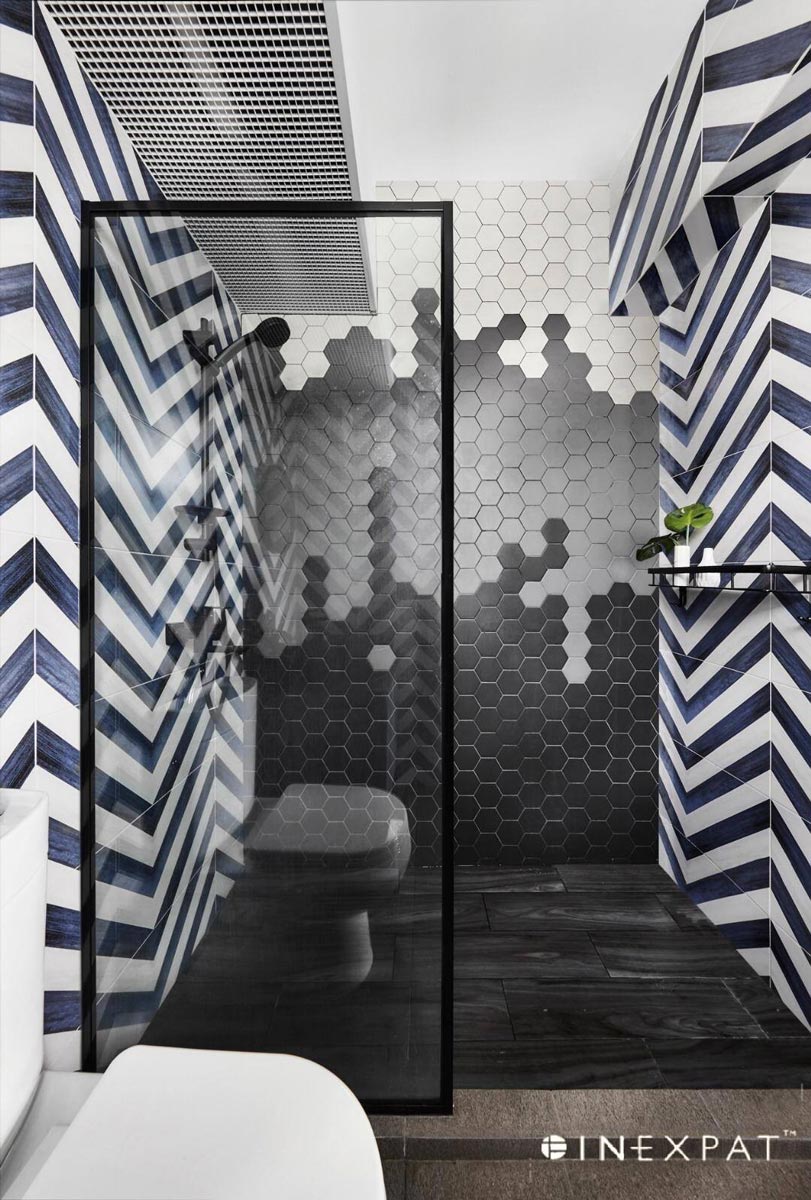6 common mistakes newbie homeowners make in their choice of tiles


The types of tiles used can either make or break a renovation project. Hence it is critical that you choose the right type of tiles for your abode. In general, there are 11 types of tiles.
At one end of the spectrum, there are ubiquitous tiles such as ceramic and porcelain tiles, and the other end, there are luxurious tiles such as the marble and granite tiles.
There are also decorative tiles include tiles such as the mosaic, glass, resin and metal tiles, and natural stone tiles such as the limestone, travertine and quarry tiles to choose from.
In addition, homeowners should be aware that different types of tiles have different properties, and these determine their suitability to be used in certain areas of the home.
Nevertheless, most homeowners chose tiles based on colour, design and style. In fact, here are some of the most common mistakes which homeowners make when they choose their tiles.

The key to having a low maintenance abode is to use dirt and stain-resistant tiles. The resistance against stain depends on the tiles’ capacity to repel moisture, high resistance against dust and household stains can be easily kept clean with common cleaners.
Ceramic and porcelain tiles are generally dirt and stain-resistant.

Certain tiles come with different level of slip resistance and these are a must when you have younger children, elderly or disabled at home. The slip-resistant properties are made through the use of various glazes, glaze additives, and even surface patterns.
As glazed tiles are vulnerable to slips compared to unglazed tiles, they should not be used in places where the floor can get wet. Aside from the glaze and surface patterns, the size of the tiles, grout joint distance, and degree of the slope of the floor will impact the slip resistance of the tiles.
The terms R9-R13 indicate the level of the anti-slip properties; the higher the value, the less slippery the tile is.

The colours of the ceramic tiles are fired directly into the clay or glazed surfaces. This results in colour permanence where the colours do not fade easily when exposed to sunlight. Therefore, colour fast tiles help to maintain a pristine look for a long time.
Hence, they are recommended in places such as balconies and living rooms, where the floors or walls are potentially exposed to strong direct sunlight.

Large-format tiles in sizes of 60×60 cm or 75×75 cm, create clean, uniform surfaces and makes the joints less visible. However, they are not suitable for small areas since you will end up with an ugly tile layout, with 1 large tile surrounded by narrow strips of the other remaining tiles.

Although the large tile format will minimise the grout lines, they will still show up when you use a mismatched colour for the grout lines.
The most suitable way to choose the grout colour is to consider whether if you want to match, complement, or contrast the tile colours.
A matching grout colour will make the tiles look bigger than they really are, while a contrasting colour will amplify the lines and break the tile design up.

Having extra tiles at hand can come in handy when you need to replace damaged tiles after your renovation ends. As each batch of tiles varies slightly in terms of the colour, tone and prints, you should keep a couple of tiles as a backup, in case you need to use them in future.
This article was first published in Renonation.